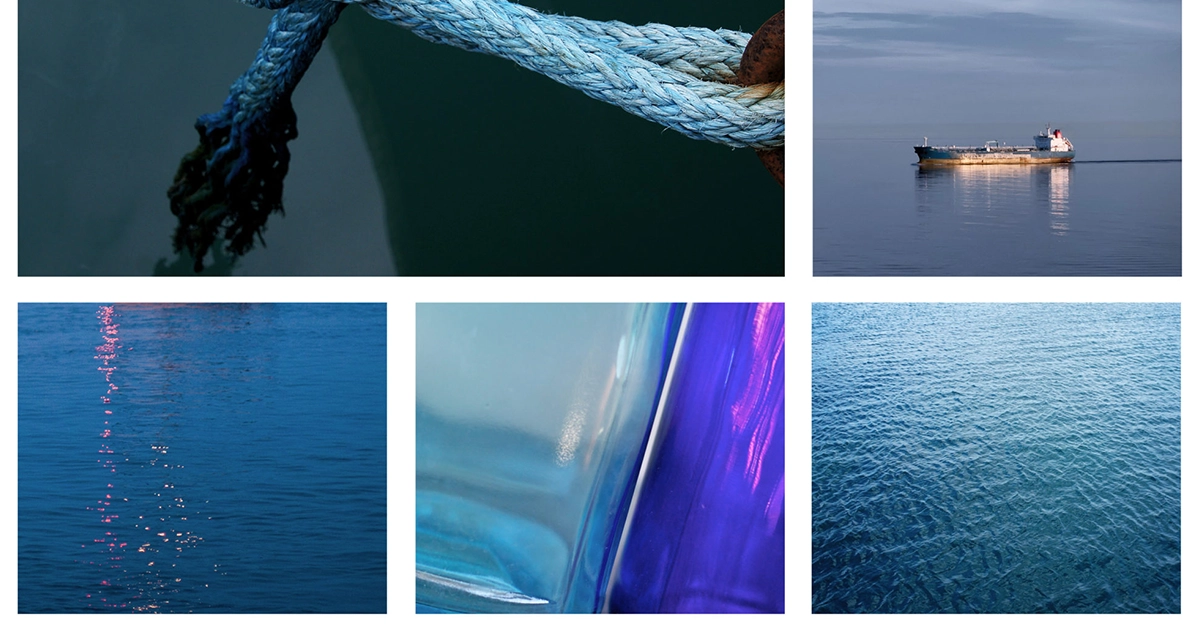When we think of research, we usually picture someone in a white coat, peering over a laboratory counter and into a microscope. The title “researcher” evokes the image of a lone scientist on a mission to find some sort of quantitative data that will conclude what has been perhaps a lifetime of investigation into a natural phenomenon.
However, there’s another kind of research — creative research — and it makes up a great deal of data that has inspired and informed artists for centuries.
The misconception often surrounds artwork that it is created on a whim by an instinct belonging solely to the artist. For a long time, artists have had a reputation for being disheveled and eccentric in their artistic processes, and although there may be some truth in this myth, it is also true that art involves detailed research processes. Before they reach their audiences, film, design, and fine art techniques are experimented with and studied, often over lengthy periods, by both students and masters.
Consider the “follow shot” in film. You might not know its name, but it’s likely that you’ve seen it before. The recognizable film technique owes its existence to the Steadicam and the cinematographers who mastered its method.
The Steadicam was created by cinematographer Garrett Brown and first used for an audience in Hal Ashby’s 1976 film Bound for Glory. Later, it made its mark on plenty of iconic films, including Stanley Kubrick’s The Shining, John G. Avildsen’s Rocky, and Martin Scorsese’s Goodfellas.
In an interview with Filmmaker Magazine, Larry McConkey, the Steadicam operator behind Goodfellas, speaks on the details of mastering the film’s famous follow shot.
“There are technical problems when you’re trying to do an uncut shot. You want the wide and you want the tight in the same shot, but how do you connect the two? Do you just wait while the camera trundles in? You can’t do that. So we essentially had to invent a way to edit it in the shot,” McConkey says.
A large part of the creative process behind art relies on experimenting. Whether it’s through the use of different paint on canvas or, in McConkey’s case, through playing with various angles, movements, and cameras.
Methodologies might be, at first, obvious only to the artist themselves. But later these choices (such as those between a wide shot versus narrow shot, or using acrylic versus watercolour) have the power to make art that changes industries or resonates with audiences forever.
However, there’s also a danger when it comes to the details behind the scenes. Artistic jargon is not always understood by the general population, making creative research processes less widely understood.
One constant that MacEwan University anthropology professor Leslie Dawson points out as necessary for all research is the importance of questioning your own values within the process.
“If we look at even social scientists, we have to question, why am I looking at this? Am I projecting my own view of the world onto these prehistoric artifacts or skeletal remains? Especially in prehistoric context, because there’s no one there to validate our findings,” Dawson says.
“It’s hard to separate science from society. Science is always striving for objectivity, but scientists live in a culture, they have cultural values, and the question is: Is it influencing what they are investigating?”
It’s true that both artists and scientists often share a common ground: they pride themselves on being masters of a specialized craft that is most often only understood by those who take part in their disciplines. Which is why it’s important to be aware of research processes and to examine why certain methods are used over others — whether it comes from a natural sciences, social sciences, or creative field.
Some artistic research can also draw artists closer to different communities by building relationships with the people and places their art takes inspiration from.
“For me, I really like to work with the community. To work with people and have conversations because it moves my ideas further,” says Tiffany Shaw-Collinge, an Alberta-based artist whose interdisciplinary work has been featured in a variety of exhibits across Canada.
In her latest project, Shaw-Collinge went through a process of uncovering indigenous materials from prehistoric, fort, and current eras that would be used for her piece Pehonan, which will be one of six art pieces to make up Edmonton’s outdoor Indigenous Art Park when it opens this fall. The piece will act as a gathering place with an amphitheatre layout. Shaw-Collinge explains that spending time with certain materials (like steel, quartzite, and wood, to name a few) and digging deeper into the community are essential to her research process as an artist.
“From a designer’s perspective … it gives me more knowledge about methods and materiality that has been used in the past that could be expanded beyond my wheelhouse,” Shaw-Collinge says. “It makes you have larger opinions or a greater understanding of what people would think, which is not a scientific approach — scientists wouldn’t really call it scientific because it’s hearsay, it’s not peer-reviewed — but it gives you a larger understanding of what the meaning behind these objects are to a person.”
Shaw-Collinge says her work involves a lot of physical prototyping and testing in order to ensure that her art has its desired look and feel. This phase in the artistic process is called “research and development,” or R&D.
Ethnomusicologist and filmmaker Michael MacDonald can also speak to the importance of detail and community when it comes to researching and producing artwork. MacDonald directed the 2015 documentary Pimachihowan, which follows an anthropologist who sets out to learn about the Cree philosophy of living with the land.
“It’s hard to separate science from society. Science is always striving for objectivity, but scientists live in a culture, they have cultural values, and the question is: Is it influencing what they are investigating?”
—Leslie Dawson
“The way of making the film was informed by the research itself,” MacDonald says. “It’s not like I go in like a filmmaker and have a style that I want to impose on the content, which documentary filmmakers do all the time. Instead, what I’ve tried to figure out is how the community of people understand esthetics, how they like things to (look) and feel, and then I try to understand that and edit from that perspective”.
MacDonald admits that conveying those complexities through his work can be difficult. But the ethnographic research process is essential to the end product.
“All of these complexities lead to research-based questions and the solving of how I’m going to make the film,” MacDonald says. “I learn all of the ethnographic information that I need to make those decisions, and then I write papers based on that.”
Both MacDonald and Shaw-Collinge have contributed to a body of work that has just as much virtue when it comes to research as it does creativity. The idea of an artist as someone whose creative vision holds no direction or method might be just as outdated as the idea that there should be a separation between the hard and the soft sciences.
The meticulous research process behind art dates back to a time when Leonardo da Vinci sketched the human body, or even before that when people took advice from the gods and studied the shapes of nature to etch drawings on cave walls. Whether in current times or in the past, it’s clear that creative research has always demanded a detailed observation of the world we live in — much like looking through a microscope.
Photography from Flickr under Creative Commons.





0 Comments